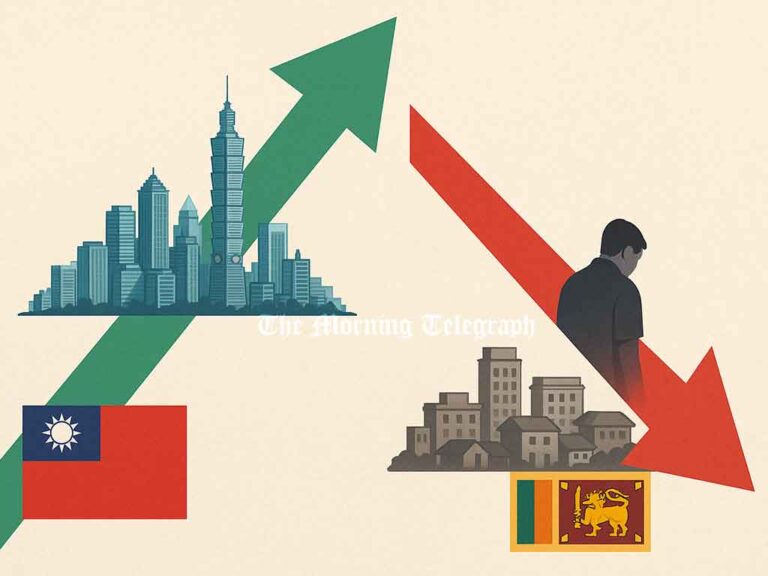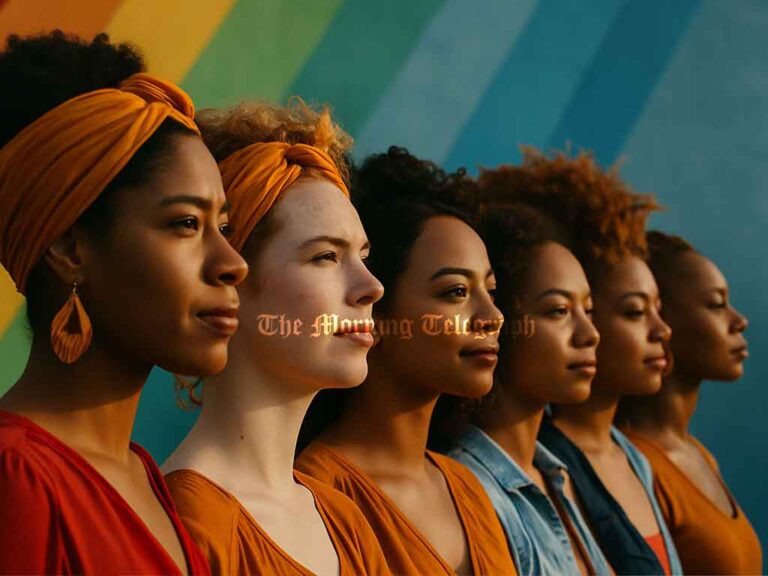
Amid growing chatter on social media and political stages, a new debate has emerged in Sri Lanka’s public discourse—one that revolves not around war or elections, but around a book. More specifically, the Indian Pharmacopoeia—a term now making headlines after a recent agreement signed between Sri Lanka and India. But what is it really? A medical institution? A pharmaceutical authority? Or just a misunderstood reference in an increasingly complex conversation about drug regulation?
At the center of the storm is a claim made by Pubudu Jayagoda of the Frontline Socialist Party, who alleged that the Sri Lankan government had effectively equated the Indian Pharmacopoeia with the National Medicines Regulatory Authority (NMRA) of Sri Lanka—suggesting that a foreign entity now holds parallel authority over medicine regulation in the country. He described it as “a definitive agreement of betrayal.”
In response, Cabinet Spokesperson and Minister Nalinda Jayatissa stepped in, holding up the Indian Pharmacopoeia in physical form. “This is a book, not an institution,” he clarified, describing it as a collection of medicinal standards similar to those already accepted from Britain and Japan. “There’s no institution called Pharmacopoeia,” he added, dismissing the criticism as misleading.
But what actually is the Indian Pharmacopoeia, and why has it triggered such intense debate?
The answer, like most in geopolitics, lies somewhere between facts and perception.
India, often called the “Pharmacy of the World,” dominates the global pharmaceutical market with a 20% share. It supplies medicines to over 200 countries, including developed nations like the U.S., Japan, and Australia. For Sri Lanka, 80% of its pharmaceuticals already come from India, according to Health Minister Nalinda Jayathissa.
Under the recent agreement, Sri Lanka formally recognizes the Indian Pharmacopoeia Commission (IPC), an autonomous body under India’s Ministry of Health. The IPC publishes the Indian Pharmacopoeia—a comprehensive guidebook of quality standards for medicines manufactured, sold, or distributed in India. These standards are enforceable by law and admissible in court.
This isn’t the first such arrangement Sri Lanka has engaged in. The country previously accepted both British and Japanese pharmacopoeias for reference in drug regulation. The agreement with the IPC, therefore, is not unprecedented—but in the eyes of some, it carries greater political and strategic weight.
Supporters argue that the move enhances drug accessibility, affordability, and standardization, particularly given Sri Lanka’s economic constraints. Opponents fear it opens the door to over-reliance, or worse, undermines local regulatory sovereignty.
The Indian Pharmacopoeia itself is no lightweight document. Its latest edition—published in 2022—spans four volumes, covering identity, purity, and potency of drugs through stringent analytical procedures. Regulatory bodies across India use it as a benchmark, and it is a cornerstone of drug quality enforcement.
Meanwhile, the IPC functions as more than a publishing house. Established as an independent body in 2009, the Commission oversees standards for drug manufacture, import, and sale in India. It also plays a progressive role in phasing out outdated practices such as animal testing, gaining praise from global health and animal welfare organizations.
Back in Sri Lanka, the heated dialogue highlights the friction between perception and policy. The mere mention of “Indian authority” evokes concerns tied to history, sovereignty, and influence. Yet, from a regulatory standpoint, the agreement may simply reflect a growing necessity to align with global standards in a world increasingly shaped by regional partnerships.
So, is the Pharmacopoeia a threat or a tool?
For now, it’s just a book—one that could potentially streamline medicine access and safety. But in the age of politicized narratives, even a book can become a battleground for ideology.
And so, while the Indian Pharmacopoeia may not be an institution, the emotions it has stirred prove that in modern governance, symbolism often speaks louder than fact.
4o




